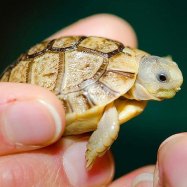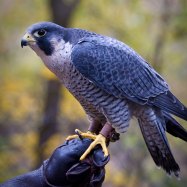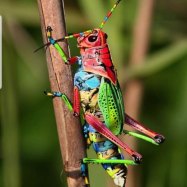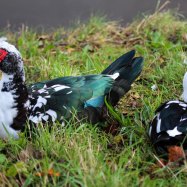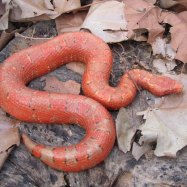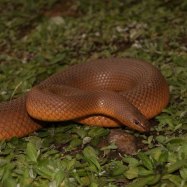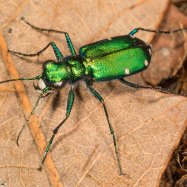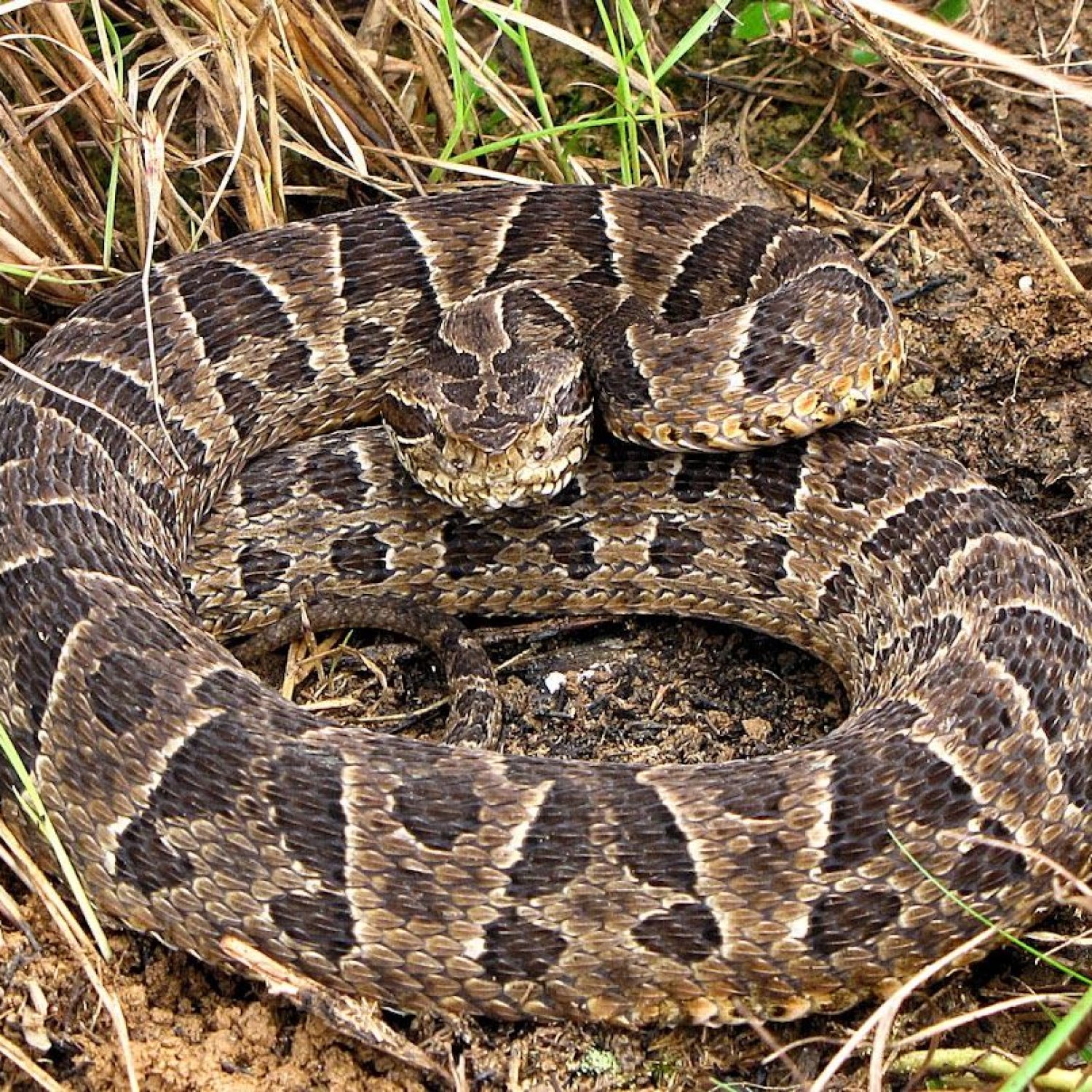
Urutu Snake
Up to 1.5 meters (4.9 feet)
The Urutu snake, native to South America, belongs to the Viperidae family and can grow up to 1.5 meters in length. Its thick and strong body makes it a formidable predator in the wild. These unique creatures are a must-see for any animal enthusiast visiting South America. #UrutuSnake #SouthAmerica #Viperidae
Animal Details Summary:
Common Name: Urutu Snake
Kingdom: Animalia
Habitat: Grasslands, savannas, tropical forests
The Mighty Urutu Snake: A Fascinating Creature of South America
The diverse and vast landscapes of South America are home to a wide variety of animal species. While some are known for their striking colors, others are known for their incredible strength and stealth. Among these creatures, the Urutu snake stands out with its unique features and intriguing behaviors. This article will delve into the world of this incredible snake, also known as the Bothrops alternatus Urutu Snake.Scientific Classification
Before we dive into the fascinating world of the Urutu snake, let's take a look at its scientific classification. The Urutu snake belongs to the Animalia kingdom, Chordata phylum, and Reptilia class. It also belongs to the order Squamata and the family Viperidae. This classification puts it in the same family as other venomous snakes like rattlesnakes and copperheads.
Common Name and Distribution
The common name for Bothrops alternatus is the Urutu snake. It is also commonly referred to as the Viper of Brazil, due to its country of origin. The Urutu snake can be found in various parts of South America, including Brazil, Paraguay, Uruguay, and Argentina. It mainly inhabits grasslands, savannas, and tropical forests, making it a highly adaptable species.
Physical Characteristics
The Urutu snake is known for its distinct appearance Uakari. Its body is covered in a rich, dark brown color with darker markings that can vary in intensity. The young snakes are more vibrant in color and have a brighter pattern compared to adults. As the snake ages, its coloration may fade, making them more challenging to spot in their natural habitat. The Urutu snake's body shape is thick and strong, making them powerful predators in their ecosystem.
On average, the Urutu snake can reach a length of 1.2 to 1.5 meters (4-5 feet). However, there have been reports of some specimens growing up to 2 meters (6.6 feet). Its thick body allows it to grow this impressive size and gives it the ability to subdue its prey with ease.
Feeding Behavior
The Urutu snake is a carnivorous species, meaning it feeds entirely on other animals. Its diet includes rodents, lizards, frogs, and other snakes. Due to its excellent camouflage skills, the Urutu snake can stay hidden and hunt its prey without being detected. It is also capable of tracking its prey by picking up their scent with its forked tongue.
One of the most remarkable aspects of the Urutu snake's feeding behavior is its venom. Like most vipers, it possesses potent venom, which it uses to immobilize its prey. The Urutu snake's venom is a hemotoxin, which destroys blood cells and causes tissue damage. This means that the snake's bite can be fatal to its prey, and in some cases, even humans.
Reproduction and Lifespan
The Urutu snake is a viviparous species, meaning it gives birth to live young ones instead of laying eggs. The female Urutu snake can produce 12-30 offspring per litter, and they are born fully developed and ready to fend for themselves. The gestation period for these snakes is approximately 6 months, and they typically reach sexual maturity in 3-4 years.
In the wild, the lifespan of an Urutu snake is estimated to be around 10-15 years. However, in captivity, they can live up to 20 years with proper care and nutrition.
Threats to the Urutu Snake
Despite being a powerful predator, the Urutu snake faces several threats in its natural habitat. One of the main threats is the loss of its habitat due to deforestation. With humans clearing large areas of land for agriculture and urbanization, the snake's food sources and shelter are diminishing, making it challenging for them to survive.
Another major threat to the Urutu snake population is hunting. In some countries, these snakes are hunted for their skin, which is used to make belts and other fashion accessories. Although they are not listed as endangered, continued hunting could significantly impact their numbers in the future.
Why the Urutu Snake is Unique
The Urutu snake is a truly fascinating creature, and its uniqueness lies in its incredible adaptations and behaviors. Here are some of the features that make it stand out in its ecosystem:
- Venom: The snake's potent venom makes it a formidable predator, capable of taking down prey much larger than itself.
- Camouflage: The Urutu snake's coloration and pattern allow it to blend in seamlessly with its surroundings, making it challenging to spot.
- Adaptability: This snake is highly adaptable and can thrive in various habitats, from grasslands to tropical forests.
- Birth: The fact that the Urutu snake gives birth to live young ones instead of laying eggs is unique among its species.
Interactions with Humans
The Urutu snake and humans do not have a good relationship. Due to its venom, the snake is feared and often killed on sight, even though it plays an essential role in its ecosystem. Its venom is also the reason why it is commonly hunted for its skin, making it a target for illegal wildlife trade.
However, the Urutu snake's venom has also been used for medicinal purposes in traditional medicine. Its venom has been reported to have anti-inflammatory and analgesic properties, making it useful in treating various conditions.
Conservation Efforts
To ensure the Urutu snake's survival, conservationists are working to protect its natural habitat from further destruction. Organizations like the Wildlife Conservation Society are also educating the public about the importance of this snake in its ecosystem and why it should be protected.
Additionally, the illegal trade of Urutu snakes for their skin is being actively monitored and regulated to prevent further decline in their population.
The Urutu Snake and Natural Language Processing (NLP)
Natural Language Processing (NLP) is an area of artificial intelligence (AI) that deals with the interaction between computers and human languages. NLP uses algorithms to analyze, understand, and generate human language, making it an essential tool for various industries, including healthcare, finance, and marketing.
In the field of biology, NLP has been used to analyze large amounts of data to identify patterns and gain insights into animal behavior and evolution. With the vast amount of information available on the Urutu snake, NLP can help us learn more about this species and its role in the ecosystem.
Conclusion
The Urutu snake is a remarkable creature, known for its impressive physical features and behaviors. Although feared by humans, it plays an essential role in its ecosystem and deserves protection. With ongoing conservation efforts and the use of technologies like NLP, we can continue to learn more about this fascinating and unique species and work towards its preservation for future generations to enjoy.

Urutu Snake
Animal Details Urutu Snake - Scientific Name: Bothrops alternatus
- Category: Animals U
- Scientific Name: Bothrops alternatus
- Common Name: Urutu Snake
- Kingdom: Animalia
- Phylum: Chordata
- Class: Reptilia
- Order: Squamata
- Family: Viperidae
- Habitat: Grasslands, savannas, tropical forests
- Feeding Method: Carnivorous
- Geographical Distribution: South America
- Country of Origin: Brazil
- Location: South America
- Animal Coloration: Brown with darker markings
- Body Shape: Thick and strong
- Length: Up to 1.5 meters (4.9 feet)
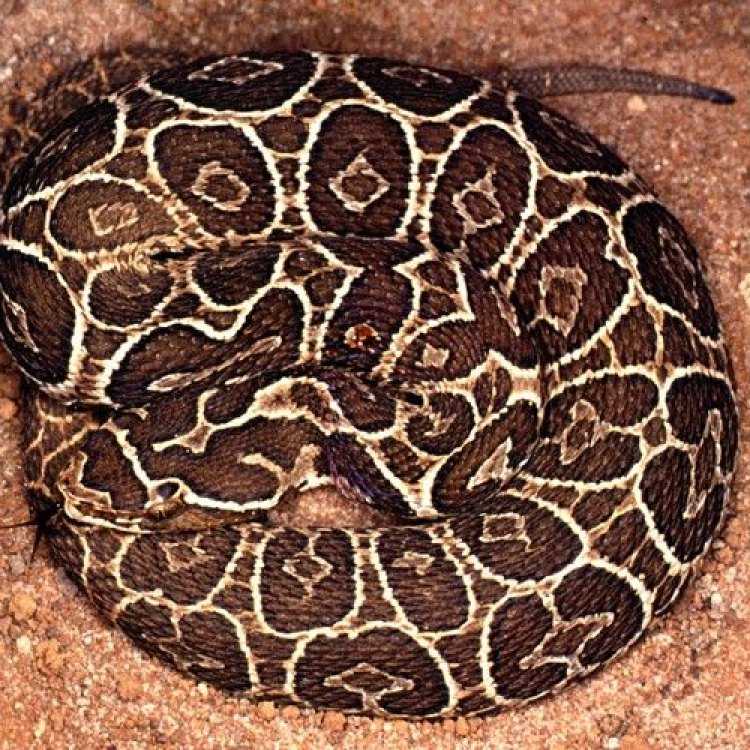
Urutu Snake
- Adult Size: Medium-sized
- Average Lifespan: Unknown
- Reproduction: Sexual
- Reproductive Behavior: Live-bearing
- Sound or Call: Do not produce distinct sounds or calls
- Migration Pattern: Non-migratory
- Social Groups: Solitary
- Behavior: Generally docile, but can become aggressive if threatened
- Threats: Habitat loss and fragmentation, human persecution
- Conservation Status: Data deficient
- Impact on Ecosystem: Predator of small mammals and reptiles
- Human Use: None
- Distinctive Features: Triangular head, venomous fangs
- Interesting Facts: The venom of the Urutu Snake is hemotoxic and can cause severe tissue damage.
- Predator: Birds of prey, larger snakes
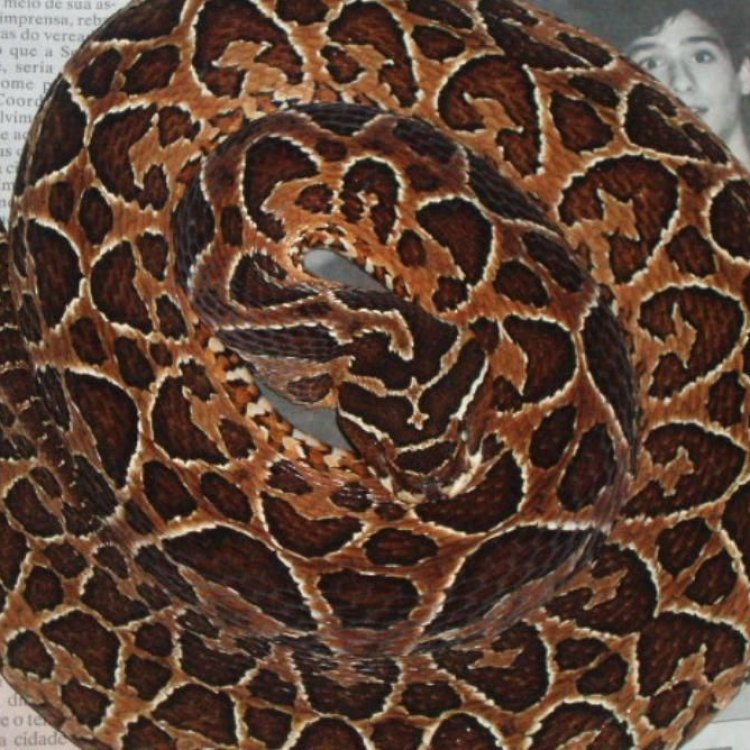
Bothrops alternatus
The Fascinating World of the Urutu Snake: Secrets of a Lesser-Known Species
The world of snakes is filled with a diverse array of species, each with its own unique characteristics and behaviors. Some, like the king cobra or the rattlesnake, are well-known due to their infamous venom and iconic rattling tail. Others, however, remain relatively unknown and shrouded in mystery, such as the Urutu Snake.You may have never heard of this beautiful serpent, but it is a fascinating creature with many distinctive features and interesting facts PeaceOfAnimals.Com. In this article, we will take a closer look at the Urutu Snake, from its physical appearance to its behaviors and ecological impact.
A Medium-sized Snake with a Mysterious Lifespan
The Urutu Snake, also known as Bothrops alternatus, is a medium-sized member of the pit viper family. It is native to South America, specifically Brazil, Argentina, Paraguay, and Uruguay. The average adult size of the Urutu is between 3 to 4 feet (1 to 1.2 meters) in length, making it smaller than its larger cousins like the bushmaster or the fer-de-lance.One of the most intriguing facts about the Urutu Snake is its unknown lifespan. Due to its elusive nature and low population density, scientists have not been able to study the life expectancy of this species. However, based on observations of similar pit vipers, it is estimated that the Urutu Snake can live between 10 to 15 years in the wild.
A Sexual Reproducer with Live-bearing Habits
Like most snakes, the Urutu is a sexual reproducer and requires a male and a female to breed Uguisu. During the mating season, which usually takes place in the summer, males will engage in combat with each other to gain access to a female.What distinguishes the Urutu Snake from other viper species is its live-bearing reproductive behavior. This means that instead of laying eggs, the female will give birth to live young. This is a rare trait among vipers, with less than 20% of species utilizing this method of reproduction.
Solitary and Generally Docile, but Not to be Underestimated
The Urutu Snake is a solitary species, meaning they prefer to live and hunt alone. They are primarily active from dusk till dawn and will spend most of their day hiding in the safety of tree hollows or burrows.In general, the Urutu is a docile and non-aggressive species towards humans. However, like any wild animal, they will defend themselves if threatened. If cornered or stepped on, they can become aggressive and deliver a venomous bite.
The Threats of Habitat Loss and Human Persecution
The Urutu Snake is facing numerous threats that are endangering its population. One of the most significant threats is habitat loss and fragmentation due to human development and deforestation. This forces the snakes into smaller and more fragmented areas, making it hard for them to find food and mates.Another threat to the Urutu is direct human persecution. Due to its venomous nature, many people fear and kill this snake whenever they encounter it. This can result in a significant decline in their population, especially in areas where they are in close contact with human settlements.
The Data Deficient Conservation Status
With the number of threats facing the Urutu Snake, it is not surprising that its conservation status is listed as data deficient by the International Union for Conservation of Nature (IUCN). This means that there is not enough data available to accurately assess their population size and the extent of their decline.To protect and conserve this species, more research and data collection are necessary. This would help determine the exact threats facing the Urutu and create effective conservation methods to ensure their survival in the wild.
A Predator with an Important Role in the Ecosystem
Despite being feared by humans, the Urutu Snake plays an essential role in its ecosystem as a predator. Their diet primarily consists of small mammals and reptiles, such as rodents, lizards, and even other venomous snakes.By keeping these populations in check, the Urutu helps maintain a healthy balance in the ecosystem. Without them, there could be an overabundance of small prey animals, which could lead to a decline in vegetation and an increase in pests like insects and rodents.
A Unique Snake with Distinctive Features
The Urutu Snake is a unique species with many distinctive physical features that set it apart from other vipers. One of the most notable features is its triangular-shaped head, which is characteristic of all venomous snakes in the pit viper family.But what makes the Urutu stand out is its venomous fangs. These are located in the front of its upper jaw and fold back when not in use, making them concealed and harder to spot. However, when threatened, the snake will open its mouth, and the fangs will extend forward to deliver a venomous bite.
Interesting Facts about the Urutu Snake
Aside from its distinctive physical features, the Urutu Snake also has some fascinating facts that make it even more intriguing. Here are a few of them:- The Urutu is sometimes mistakenly called the "jararaca," which is another venomous snake in Brazil. However, they are different species, and their venom composition is not the same.
- The venom of the Urutu Snake is a potent hemotoxin, meaning it attacks the body's tissues and cells. Bites from this snake can cause severe pain, swelling, and tissue damage in the affected area.
- The Urutu Snake is an excellent swimmer and can often be found near water sources such as rivers and streams.
- Larger snakes, such as the boa constrictor and the green anaconda, are known to prey on the Urutu Snake.
- The Urutu has a unique adaptation in its eyes called the "pit organ." This allows them to detect heat and infrared radiation, helping them locate prey and navigate in low-light conditions.
A Lesser-Known Species Deserves Recognition
In a world filled with over 3,500 species of snakes, it is not surprising that some, like the Urutu Snake, remain relatively unknown. However, this doesn't diminish their importance and uniqueness in the animal kingdom.The Urutu Snake may not be as famous as the king cobra or the black mamba, but it is a fascinating and vital species that deserves recognition and protection. With more research and awareness, we can shed light on this lesser-known snake and ensure its conservation for future generations to enjoy its beauty and important role in the ecosystem.
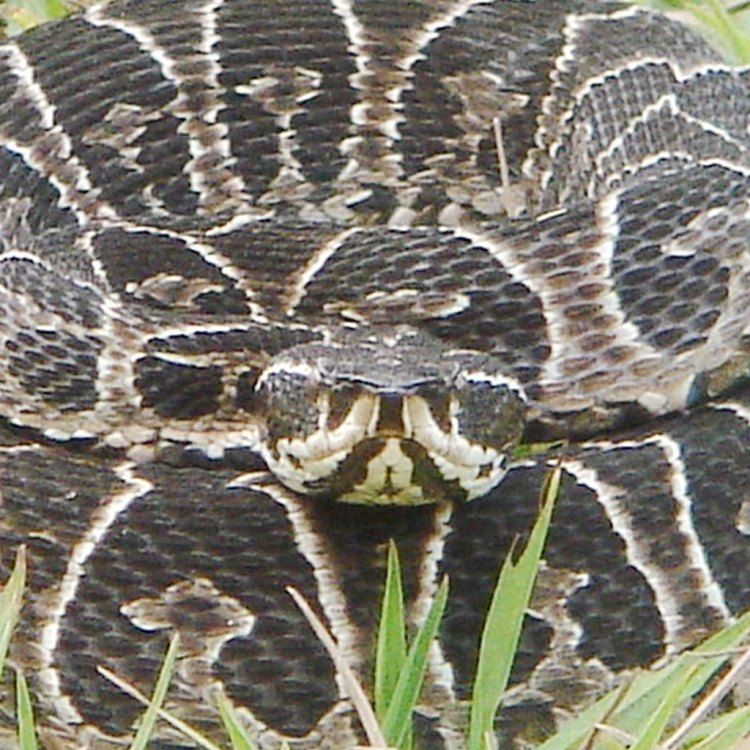
The Mighty Urutu Snake: A Fascinating Creature of South America
Disclaimer: The content provided is for informational purposes only. We cannot guarantee the accuracy of the information on this page 100%. All information provided here may change without prior notice.


